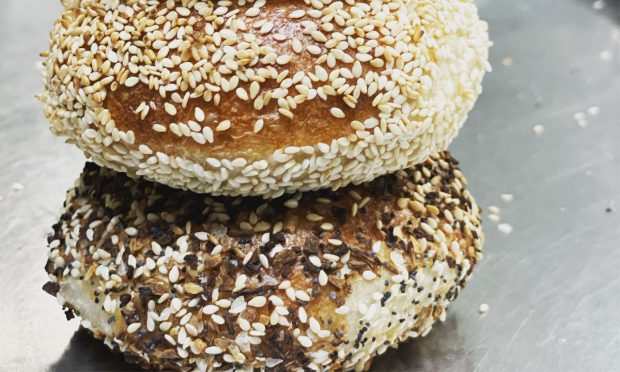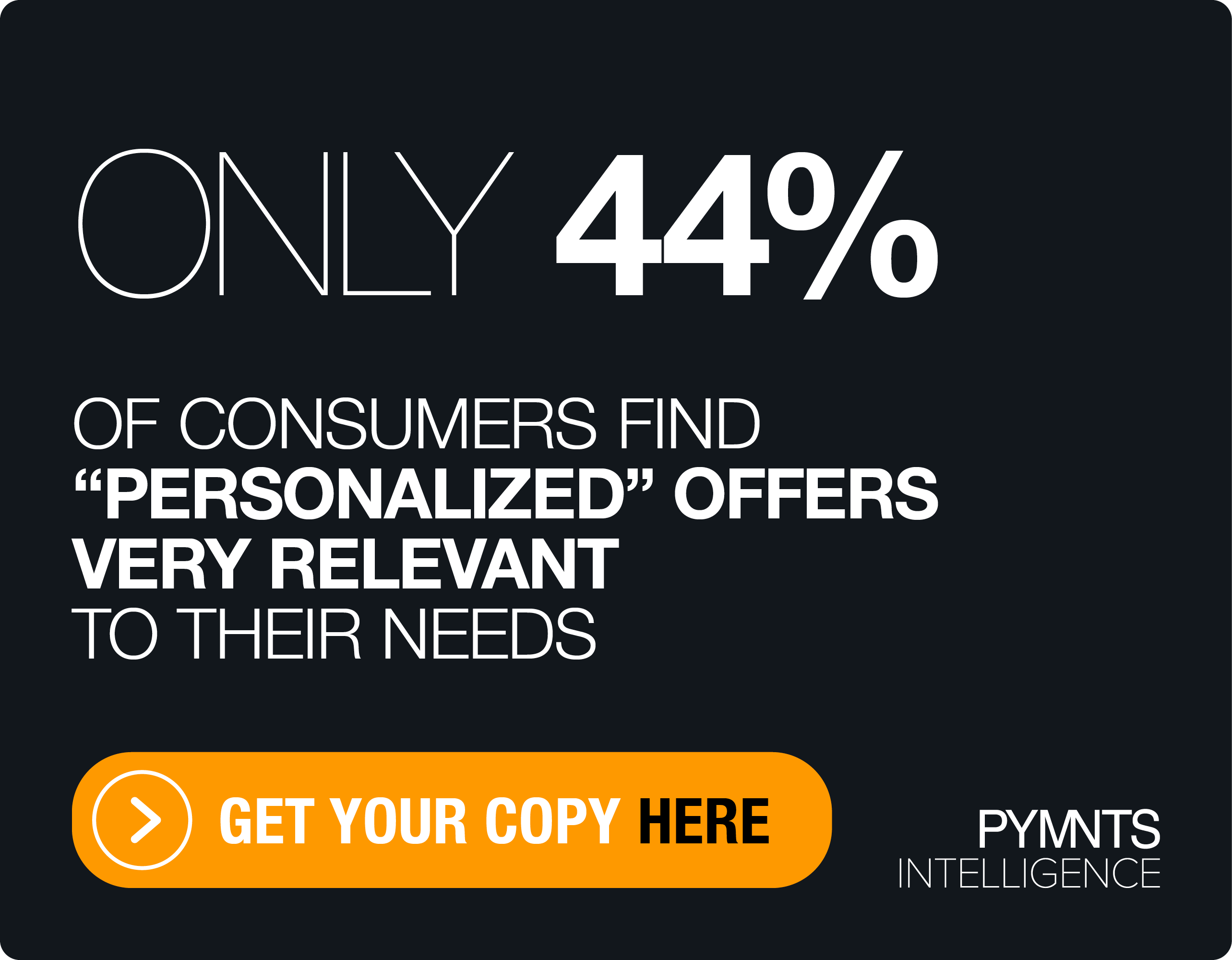Virtual Bagel Brand Offers Consumers ‘Inexpensive Luxury’ amid Inflation

As consumers reevaluate their spending, direct-to-consumer (D2C) food brands have had luck selling affordable indulgences.
For example, PopupBagels, a virtual brand launched during the pandemic as a side project, has grown into a growing business with 800-1,000 orders per week. On Thursday (Dec. 1), the New York-based startup announced the close of a seed funding round of “more than a couple million” dollars, according to a company spokesperson who declined to provide further details. The funding comes on the strength of the bagels’ cult following, with participation from a range of investors, including celebrities Paul Rudd and Michael Phelps.
The company has been able to grow even as consumers have minded their spending by offering an affordable alternative to other culinary indulgences. In an interview with PYMNTS, founder Adam Goldberg described the company’s value proposition as an “inexpensive luxury.”
“It’s $38 for a dozen bagels and two spreads, which is not totally outrageous when you compare pricing to a lot of bagel shops in the New York area,” Goldberg said. “We’re not a $300 meal out. We’re a great gathering on a Saturday or Sunday morning.”
Goldberg’s remarks echo those of Daniel Doll, CEO of direct-to-consumer (D2C) condiment brand Bushwick Kitchen, who noted in a September interview with PYMNTS that, as consumers cut back on dining out, many are more open than usual to springing for higher-quality sauces and syrups.
Indeed, consumers have grown more thoughtful about their food spending. Research from the October edition of the Consumer Inflation Sentiment study, “Consumer Inflation Sentiment: Consumers Buckle Down On Belt-Tightening,” for which PYMNTS surveyed more than 2,600 U.S. consumers in September, found that 58% of consumers have cut back on nonessential grocery spending, and 47% have switched to cheaper merchants.
Get the study: Consumer Inflation Sentiment: Consumers Buckle Down On Belt-Tightening
Similarly, the August edition of the study found that, in response to rising prices, 78% of restaurant customers are eating at home more.
Read the report: Consumer Inflation Sentiment: Inflation Slowly Ebbs, but Consumer Outlook Remains Gloomy
Yet, in this time, consumers have continued to splurge a little on bagels. Goldberg noted that the company’s subscription option, which initially debuted in response to demand from loyal customers who were frustrated with the bagels selling out before they could preorder, has “been pretty steady” in terms of subscriber count.
The company has not been prioritizing acquisition, however, while it looks for a new platform, given that the current model was built for when PopupBagels expected its subscriber count be a few dozen people, rather than over 400. For the time being, the company is using its recent funding to build its own app and “revamping” its point of sale (POS) system, creating a new ordering system.
“I was like, ‘Oh, hold on. Before we go any bigger. Let’s make sure we know what we’re doing here,’” Goldberg recalled.
Additionally, the company’s marketing efforts are shifting as well. The brand, which sells online and plans to expand across “small footprint storefronts and existing underutilized restaurant kitchens,” per the recent news release, initially built much of its following via Instagram and other social networks.
However, with changes to the Instagram algorithm, mail marketing has been proving more effective. Goldberg noted that posts on the social media platform are getting shown to just “10-20%” of the company’s follower base.
“When you have something that’s so powerful for a brand or for an account, and you’re still not letting everyone see it, that definitely is tricky for us,” Goldberg said.
